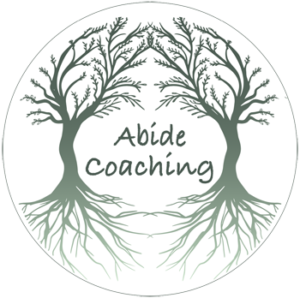We live in a techy world. There are apps and software for everything. Studies now show that traditional note taking with pen and paper are better for learning than taking notes on a laptop. Boiled down here is why, when most people type they are typing verbatim what a teacher is saying so they are thinking about it. When people are taking notes by hand, they can’t write fast enough to write what the teacher is saying verbatim so they are thinking about what was said and how to shorten it into notes. Students don’t take notes only during lectures. Notes need to be taken on other students’ presentations, from videos, from various forms of texts. Here are some tips on how to get the most out of your notes.
- Date your notes.
- If the teacher tells you something will be on the test, put an asterisk or some other kind of marker that only means this information will be on the test.
- Make sure there is enough space. If you miss something, leave a space to fill it in later. Also, have enough space to have clear readable writing. It is frustrating to come back to your own notes only to not be able to read your own writing.
- Be concise. Try using the abbreviation you would use while texting or make up your own.
- If you are having trouble taking notes by hand during lectures, try recording the class so you can stop the lecture when you need time to write something down. Or use a Livescribe or similar product.
- Take Cornell Notes. Click here to watch an instructional video. This form of taking notes is great and already used in many schools.
- If regular notes aren’t working for you try one of these free graphic organizers or check out this PDF about note taking and ADHD to help you picture information.
- When taking notes from a book, try summarizing a page or two on a sticky note and then putting it in the book. When you need the information, the notes on the sticky notes will make it easier. If you know you are going to need text details for a paper, use a different color sticky note to mark those pages to make it easier to find them later.
After you have taken the notes, here is what do you do with them.
- Write a summary within 24 hours of taking your notes even if you took them on a graphic organizer.
- Review your notes daily. Try reading them out loud or while moving around. Studies have shown that the more times people interact with information the better we learn it.
- After reading your notes, write down questions about information you don’t understand or have become curious about.
- At the end of that unit, keep the note in another location like an open storage create to free up space in your binder.
Note taking takes practice. It is a skill that anyone can get better at doing. Find the right motivation to take great notes and use them. Give yourself small rewards like one M&M for every paper of notes you take or read over, or an equal number of downtime as you spend reviewing your notes. Be creative!

